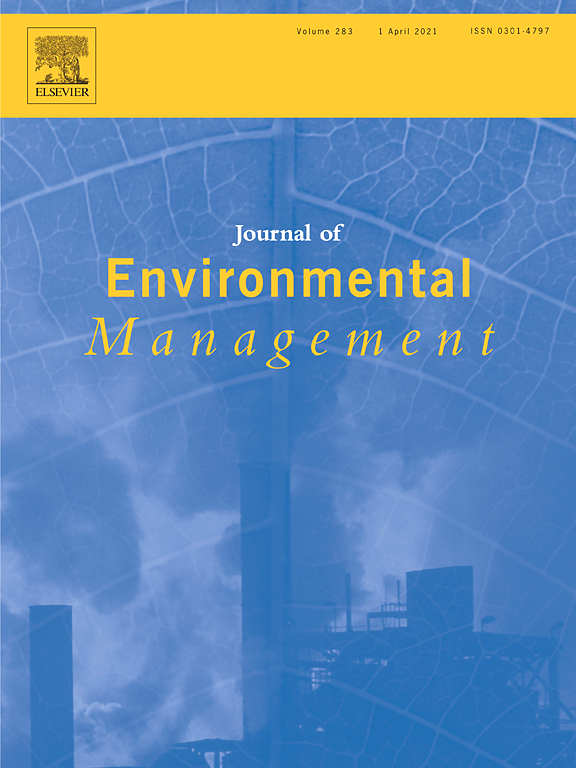Water pollution has become more and more serious, and the main pollutant in most water bodies is nitrogen. Microbial nitrification/denitrification is one of the most effective nitrogen removal pathways for wastewater.
Generally, the traditional processes of microbial nitrogen removal include two parts: aerobic nitrification and anaerobic denitrification. Nitrification and denitrification can be carried out simultaneously in one reactor by a class of microorganisms - heterotrophic nitrification-aerobic denitrification (HN-AD) bacteria.
A research group led by Prof. WU Jinshui from the Institute of Subtropical Agriculture (ISA) of the Chinese Academy of Sciences isolated a novel heterotrophic nitrification-aerobic denitrification bacterium - Alcaligenes faecalis WT14, which has the potential to treat high-ammonium wastewater.
The study was published in Journal of Environmental Management on Jan. 16.
The researchers found WT14 could tolerate high concentration ammonia nitrogen (NH4+-N) up to 2000 mg·L-1 and had an efficient NH4+-N removal rate of 55.9 mg·L-1·h-1.
Unlike other Alcaligenes faecalis species, WT14 could efficiently remove high concentration nitrate (NO3--N) or nitrite (NO2--N) when they are the sole nitrogen sources.
These results implied that WT14 is a novel Alcaligenes faecalis strain and has the potential for treating wastewater containing high-strength NH4+-N, NO3--N, or NO2--N.

Contact: ZHANG Shunan
E-mail: zhang-shu-nan@163.com
Institute of Subtropical Agriculture, Chinese Academy of Sciences